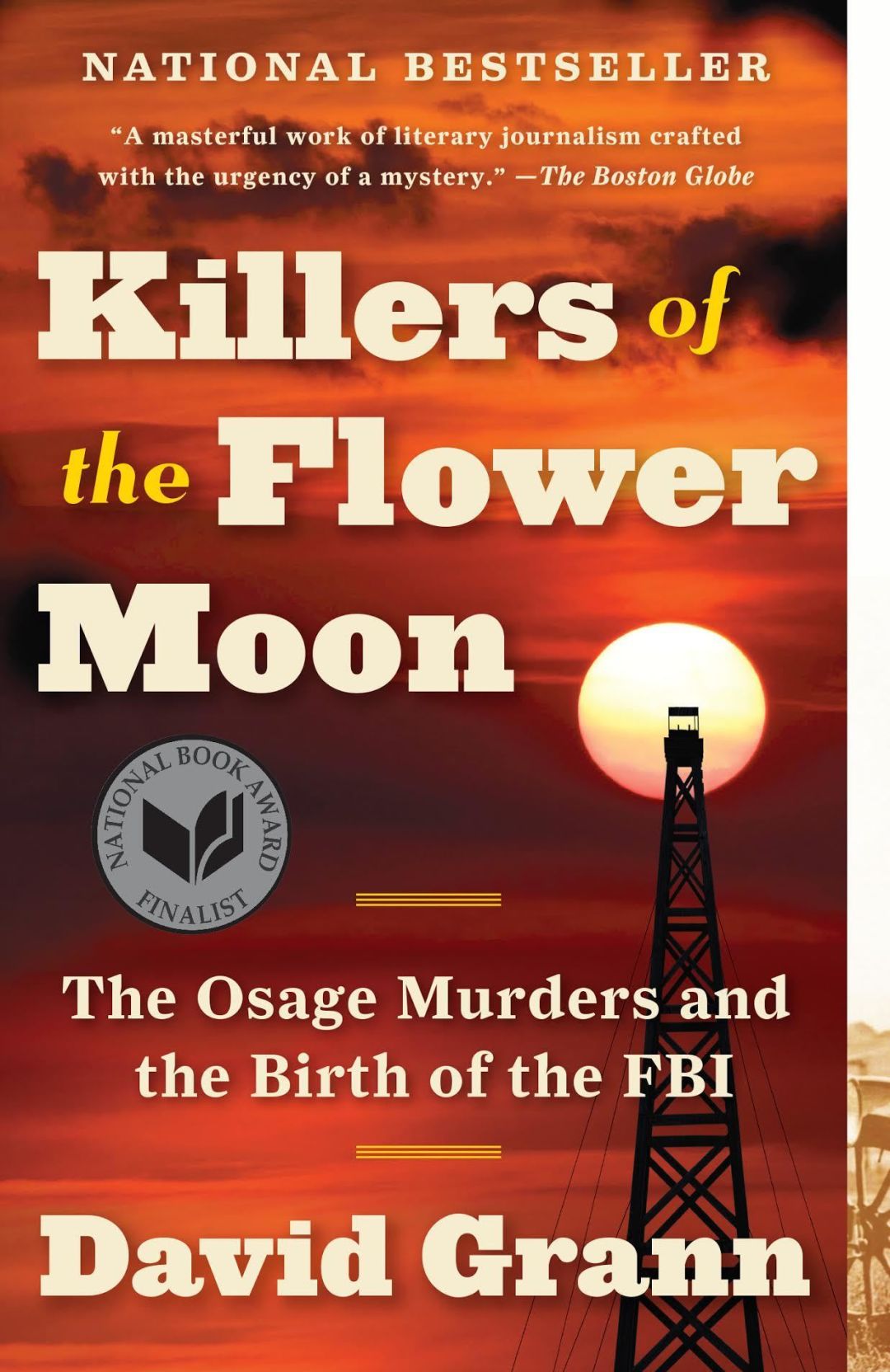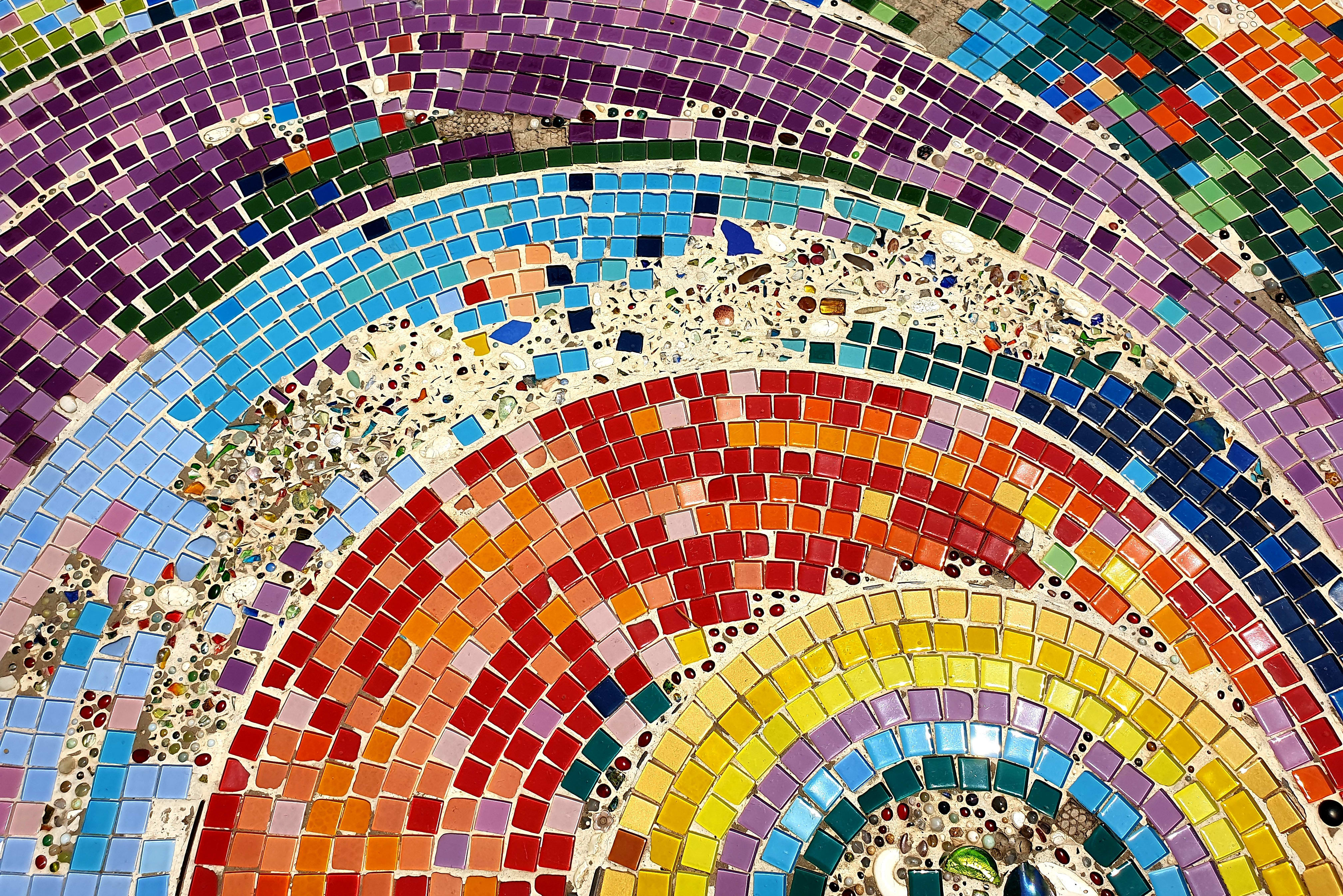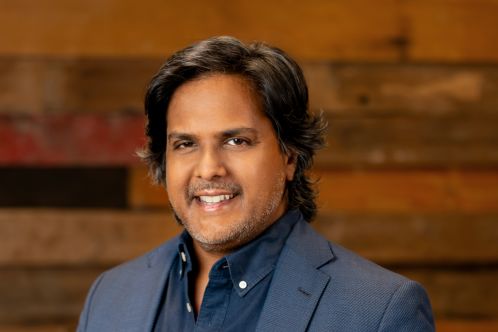Author David Grann Discusses Killers of the Flower Moon

Lily Gladstone and Leonardo DiCaprio in Killers of the Flower Moon
Image: Album/Alamy.com
Editor's note: This interview was originally published in December 2018.
David Grann is author of the best-selling 2017 book Killers of the Flower Moon: The Osage Murders and the Birth of the FBI. The book chronicles the shocking true story of the murders of dozens of members of the Osage Nation in the 1920s—at the time the wealthiest people per capita in the world because of the oil riches they discovered beneath their rocky Oklahoma reservation.
Recently, the book got the Martin Scorsese film treatment. Starring Scorsese stalwart Leonardo DiCaprio and Lily Gladstone, a Native American actress who was raised on the Blackfeet Indian Reservation, the film—which was released in October of last year—is a three-and-a-half hour epic that the New York Times called a "heartbreaking masterpiece" in its review.
But long before Scorsese's movie hit the red carpet, Killers of the Flower Moon was the Sarasota County Library System’s 2019 One Book selection. Residents were encouraged to read it and then attend several free public events being planned around it throughout the year, and Grann himself attended events in Sarasota and Venice as part of the program. We talked with him about his book, and what he hopes readers will come away with. This interview has been edited and condensed for length and clarity.

Killers of the Flower Moon by David Grann
How did you hear about these shocking murders?
“Somebody had mentioned the case to me but didn’t know much about it. I decided to make a trip out to the Osage Nation in 2011; I was just curious if I could learn more. I was walking around the Osage Nation Museum and came across the photograph, taken in 1924, that I featured across the title page of the book. It shows the members of the Osage Nation alongside white settlers. I noticed a portion of the photo had been cut out of it, and when I asked the museum director about it she pointed to the missing area and said she’d removed it because the devil was standing right there. That devil turned out to be the white man who was responsible for many of the murders. The book grew out of trying to understand who that person was who perpetrated one of the most sinister crimes in American history. The Osage had removed that panel because they couldn’t forget it.”
How come so few of us knew about this dark chapter in American history?
“For the same reason these crimes were neglected for so many years: because the victims were Native Americans. It’s not central to our national consciousness and our national teaching. It’s a real tragedy.”
Were you surprised at the book’s success?
“Yes. This was not something that was taught at schools, and I wasn’t sure it would be something people would be willing to read. I took about five years to research it, and when I finished the book, my wife—my best editor, my best supporter—said, ‘Well, you did this because it matters.’
“The reason that compelled me to write it was to address my own ignorance and hopefully make this part of our national consciousness where it belongs; it’s been gratifying because it has struck a chord.”
How have members of the Osage Nation reacted to the book?
“Before the book came out, I told the book publisher, ‘You need to send me back to these towns where so much of my reporting took place; I feel beholden to go back there.’ My first visit was to Fairfax, where many of the murders took place. It’s one of these small rural towns; a lot of the town is boarded up and maybe a thousand people live there now. I was told, ‘You’ve got to be prepared; maybe one person will be there.’ But when I got there, there were hundreds and hundreds of people lined up. Nothing has ever meant more to me than that experience.”
What do you hope readers will come away with?
“I hope they will become more deeply aware of the treatment of the Osage and Native Americans. I hope they will reckon with this part of history. I hope they will make this story part of the national consciousness where it belongs, and hopefully have a better understanding of events today. I’m not naïve; human nature is human nature. But I hope that learning from these deeds we won’t repeat the past.”
“I’m a generalist. I write something and often let go. [But] this book changed me. It opened up my mind to our history; it changed my perspective, my understanding. I have so many new friends because of that book. The book is done, but that goes on.”



